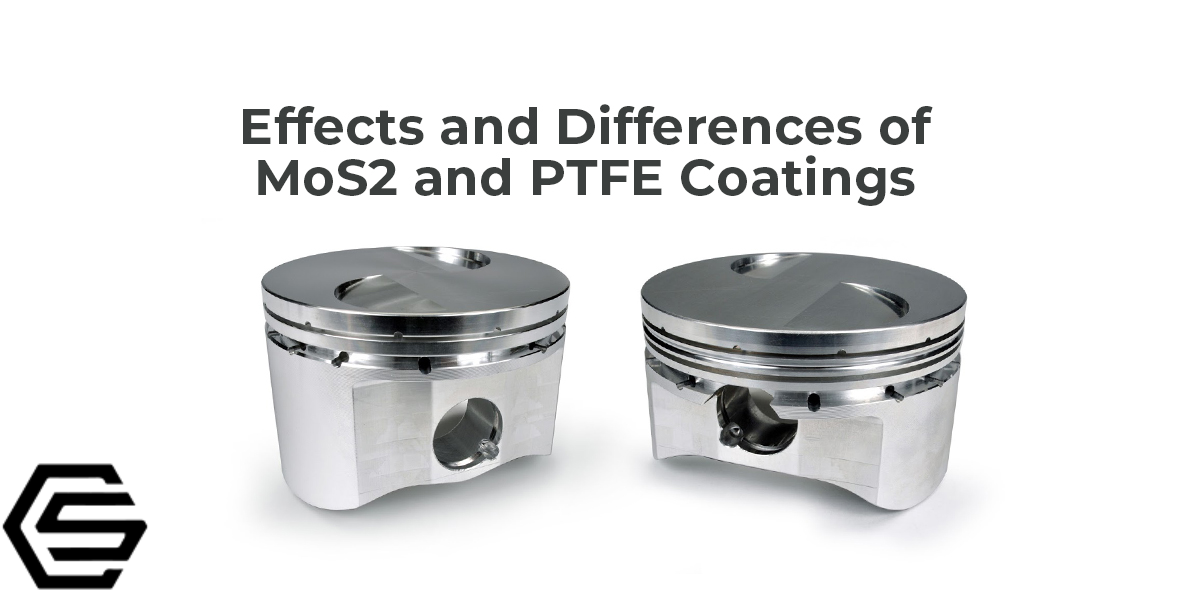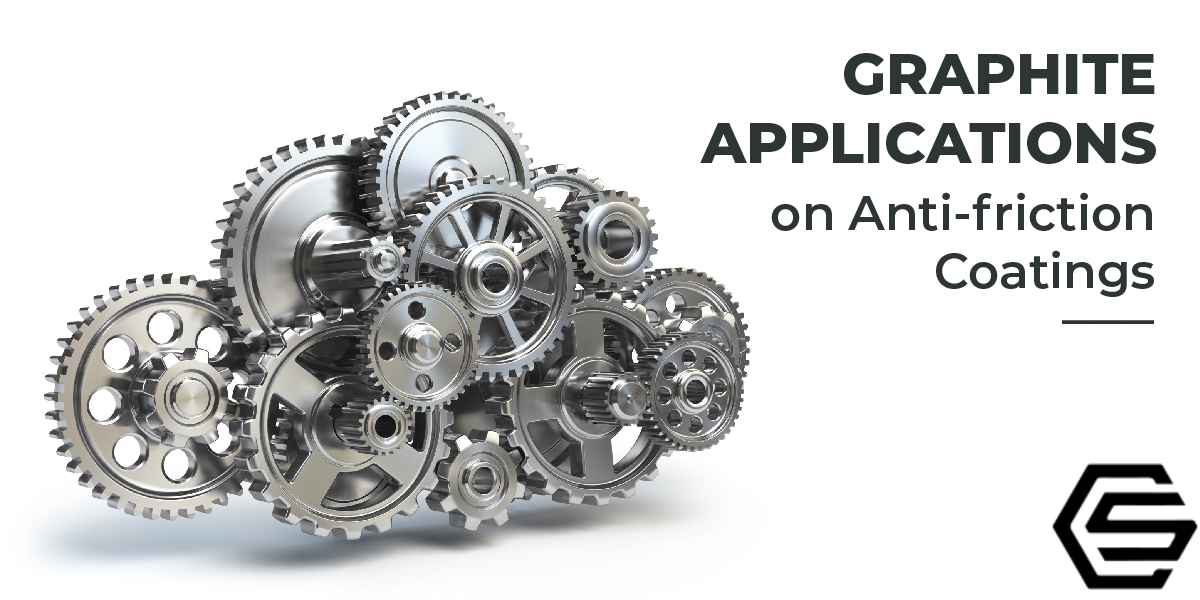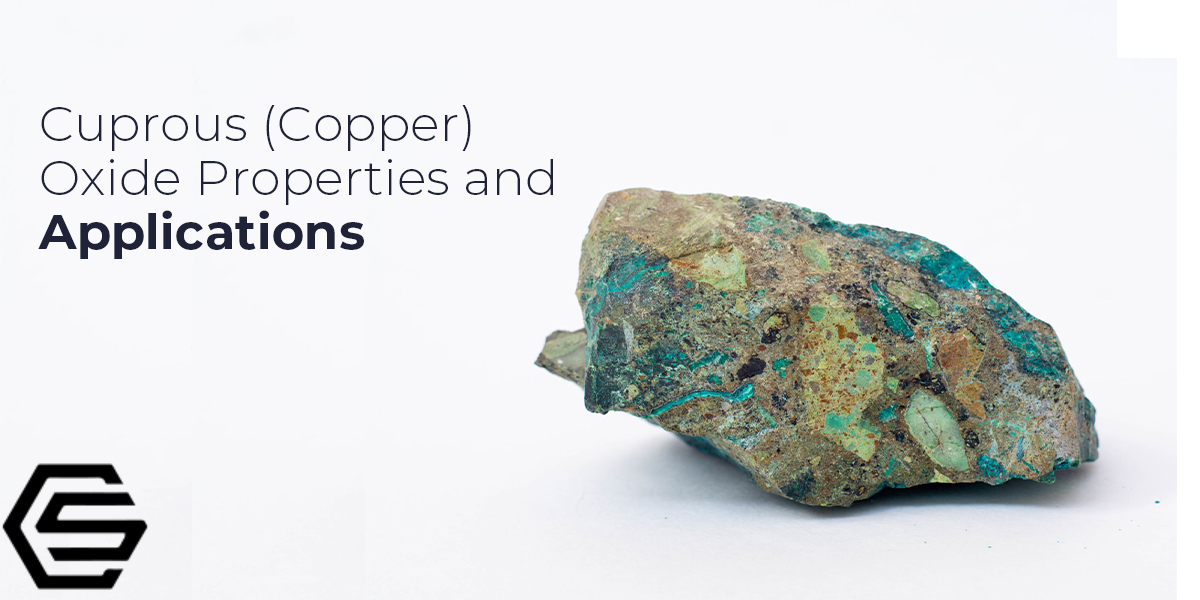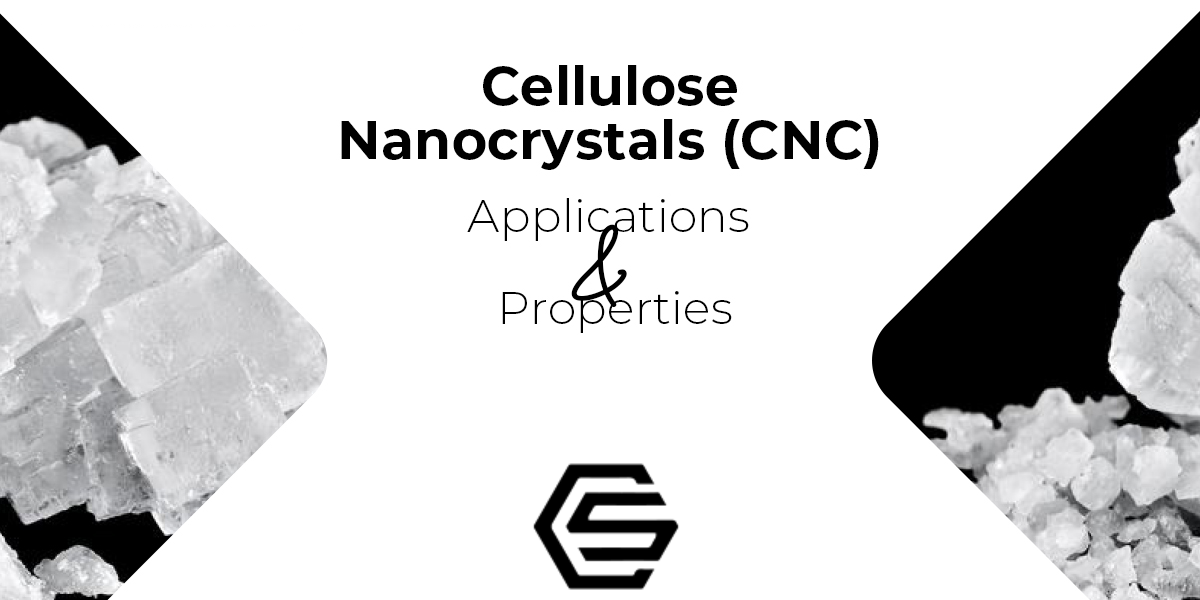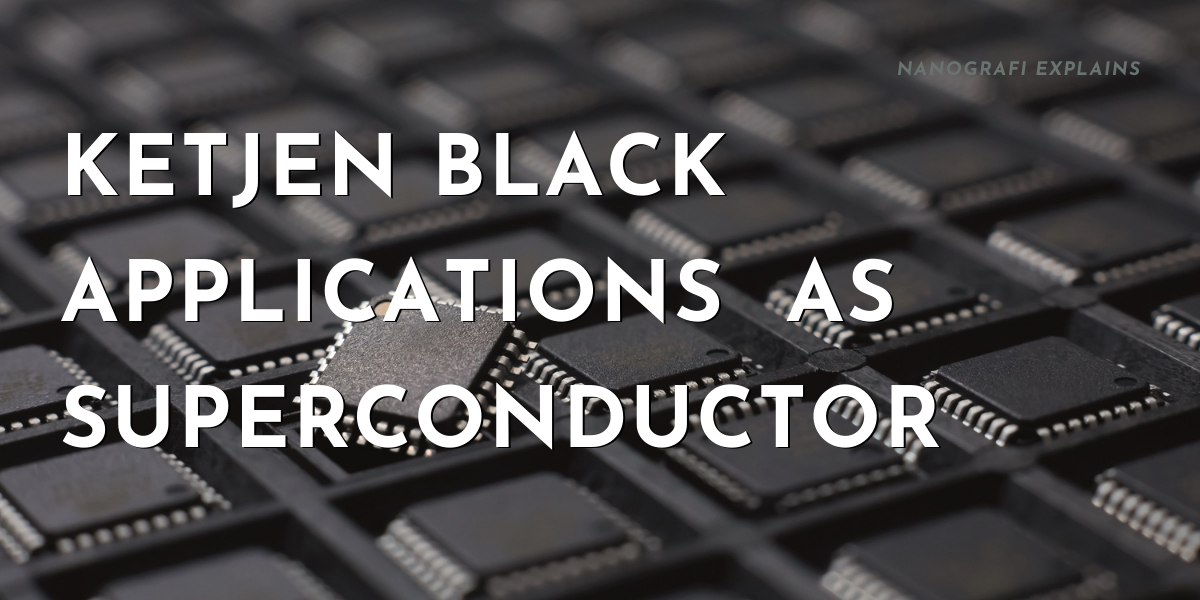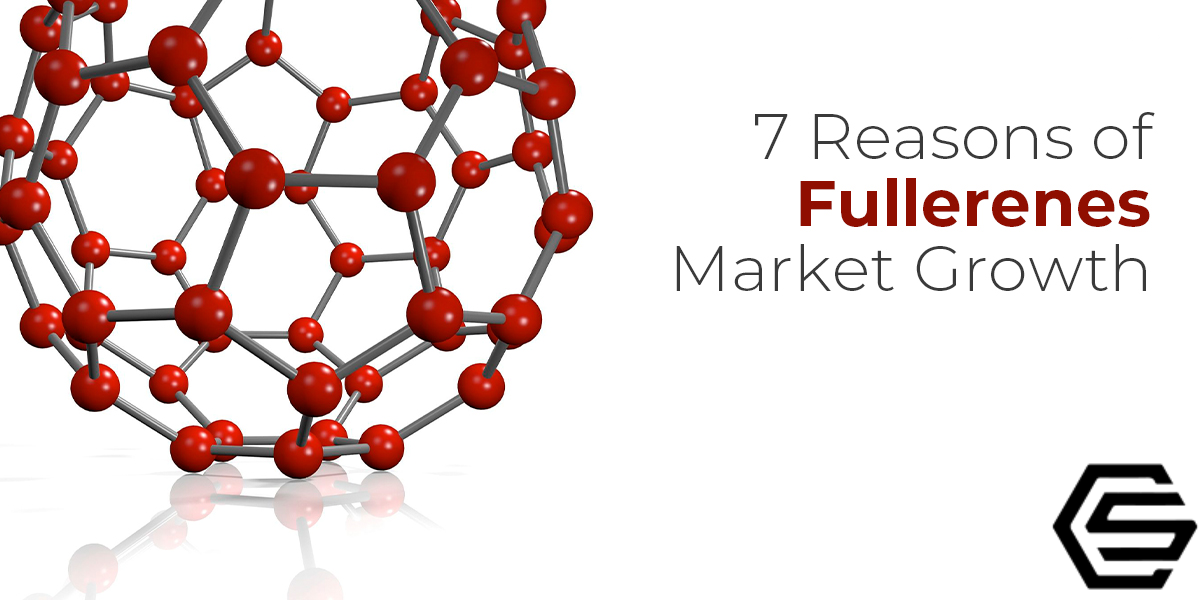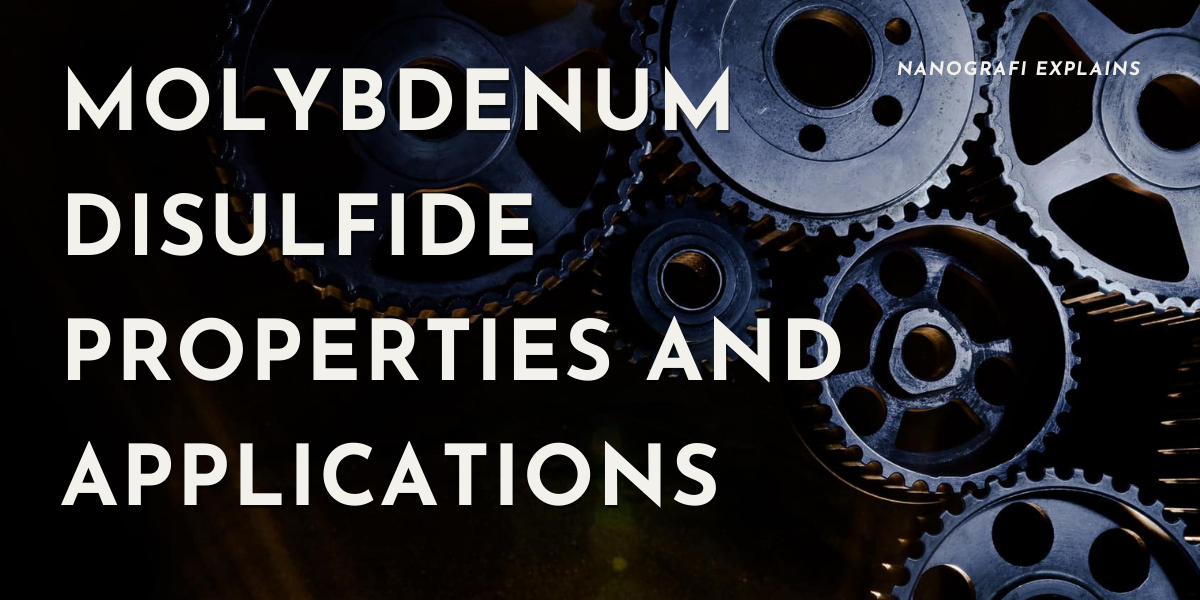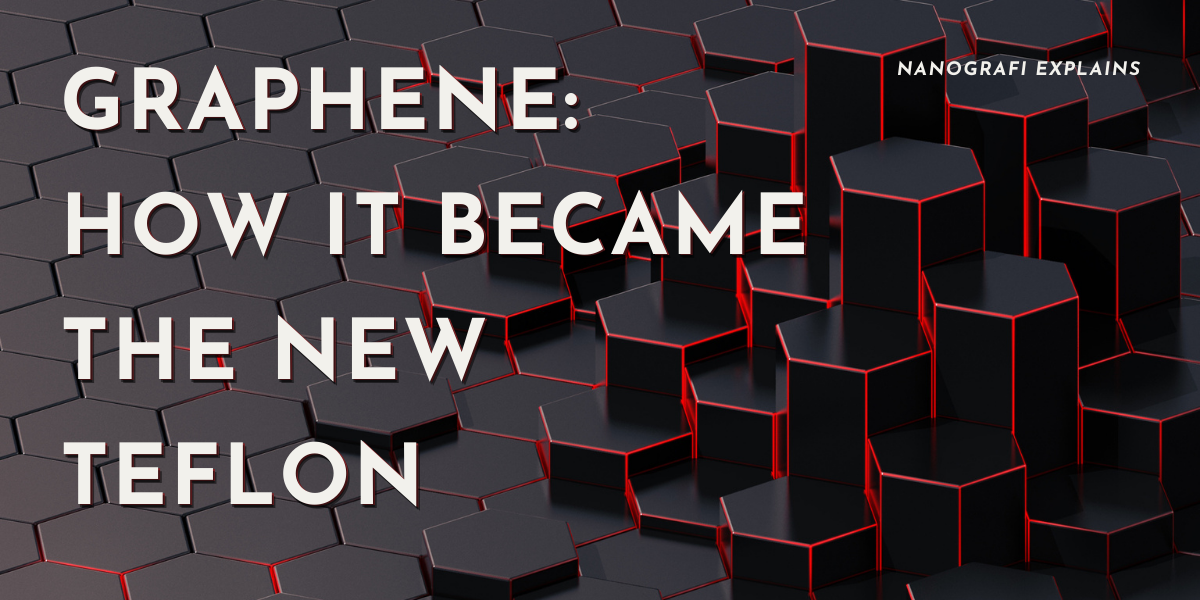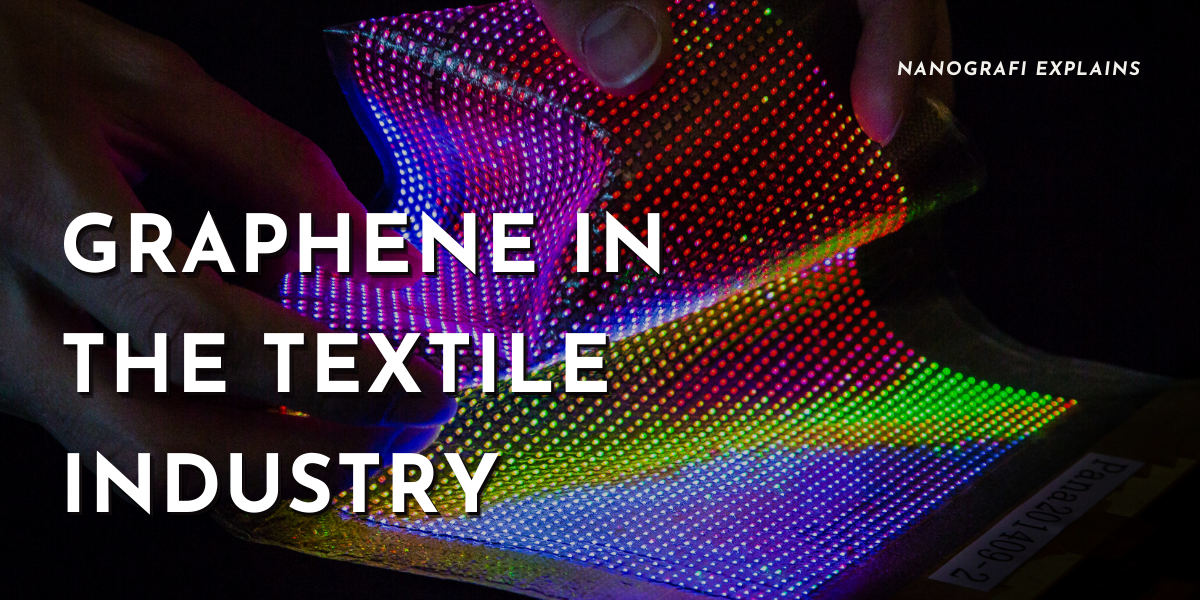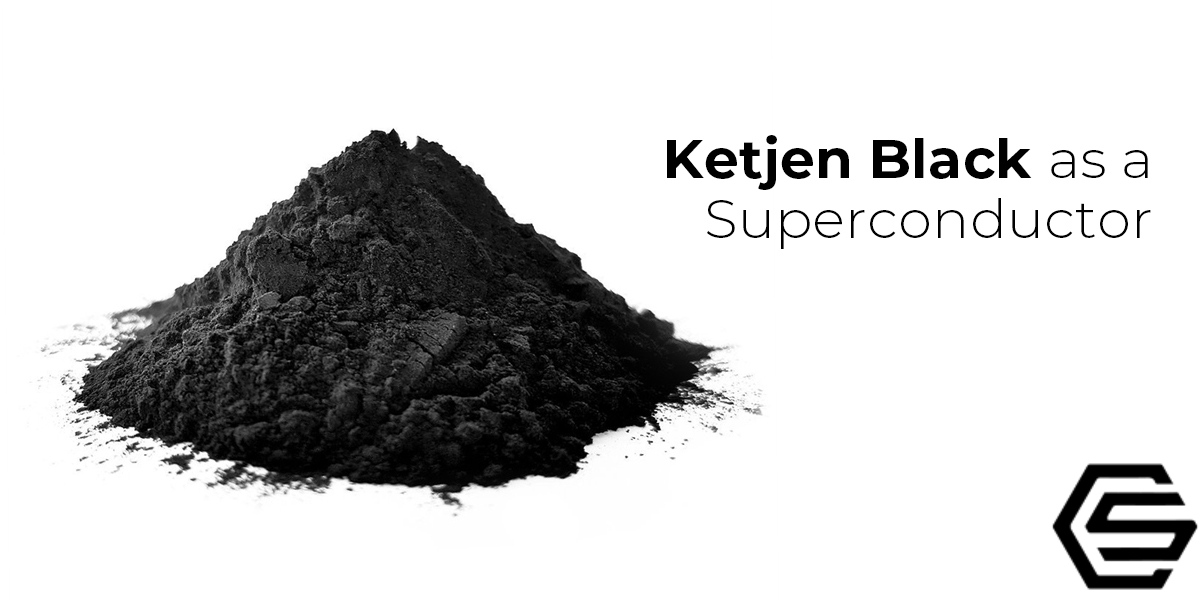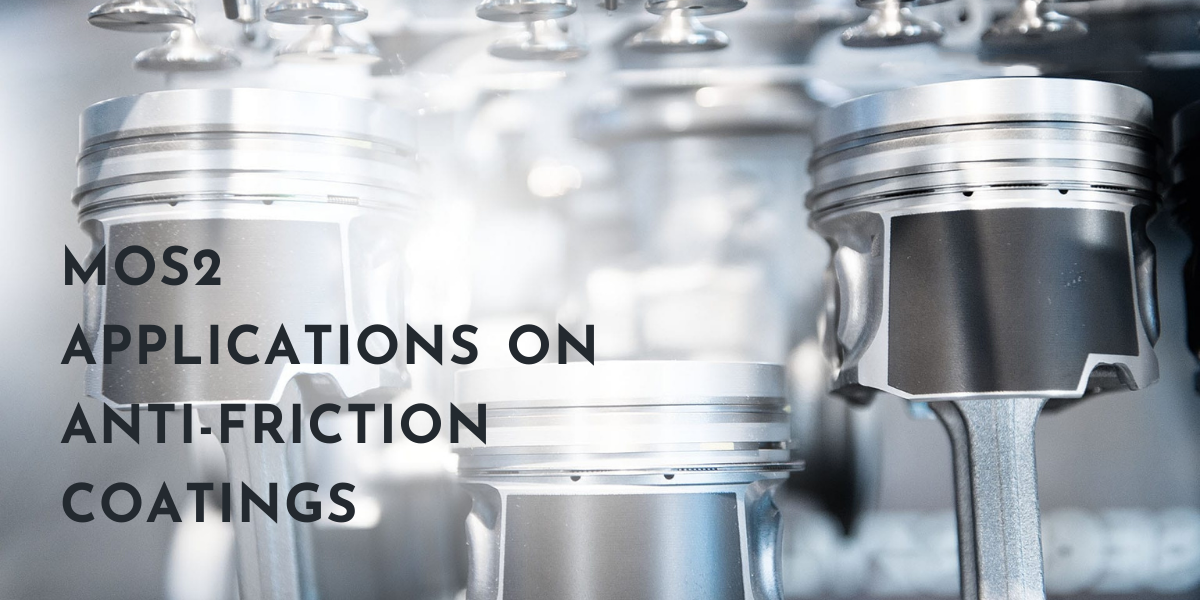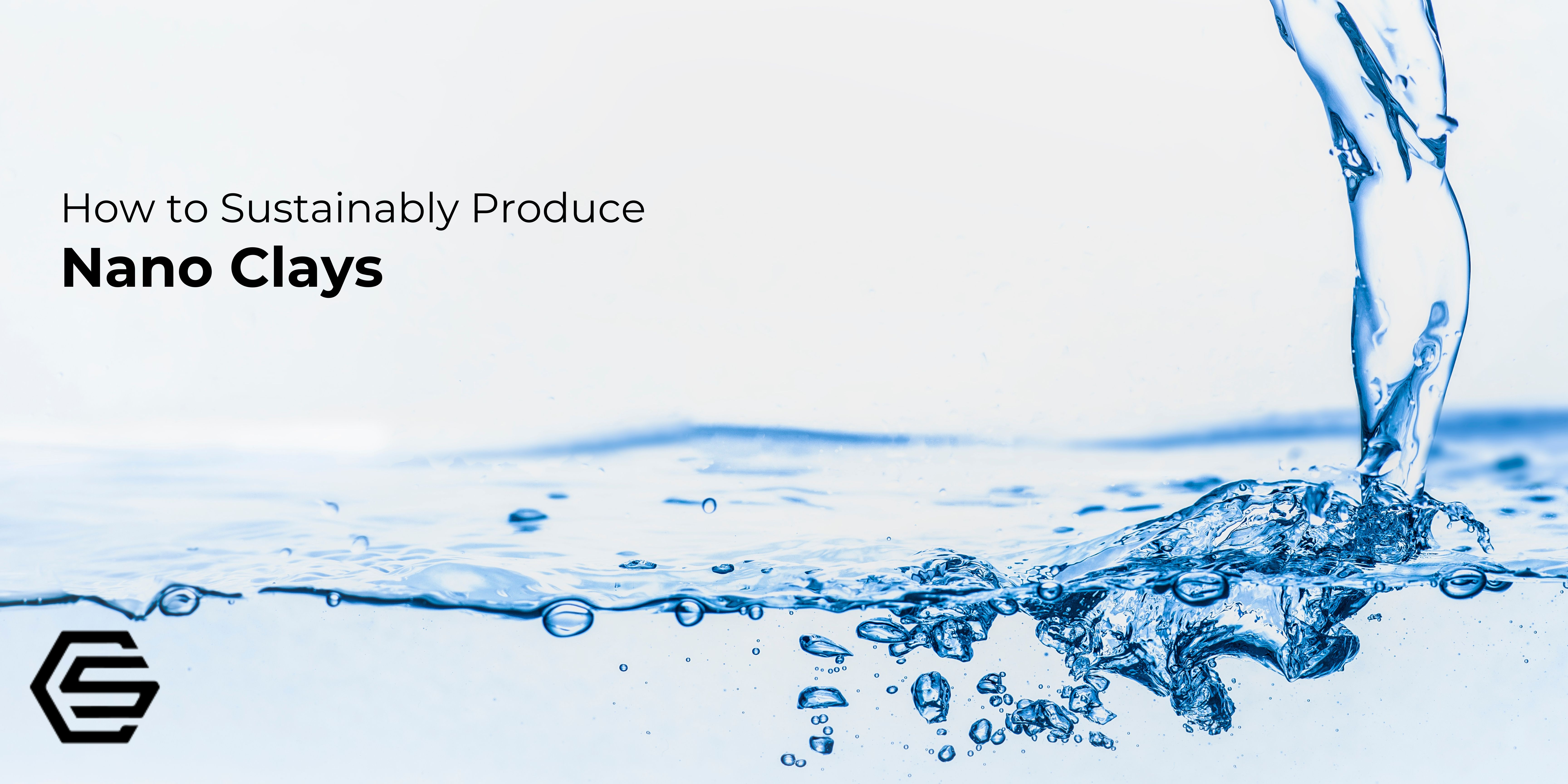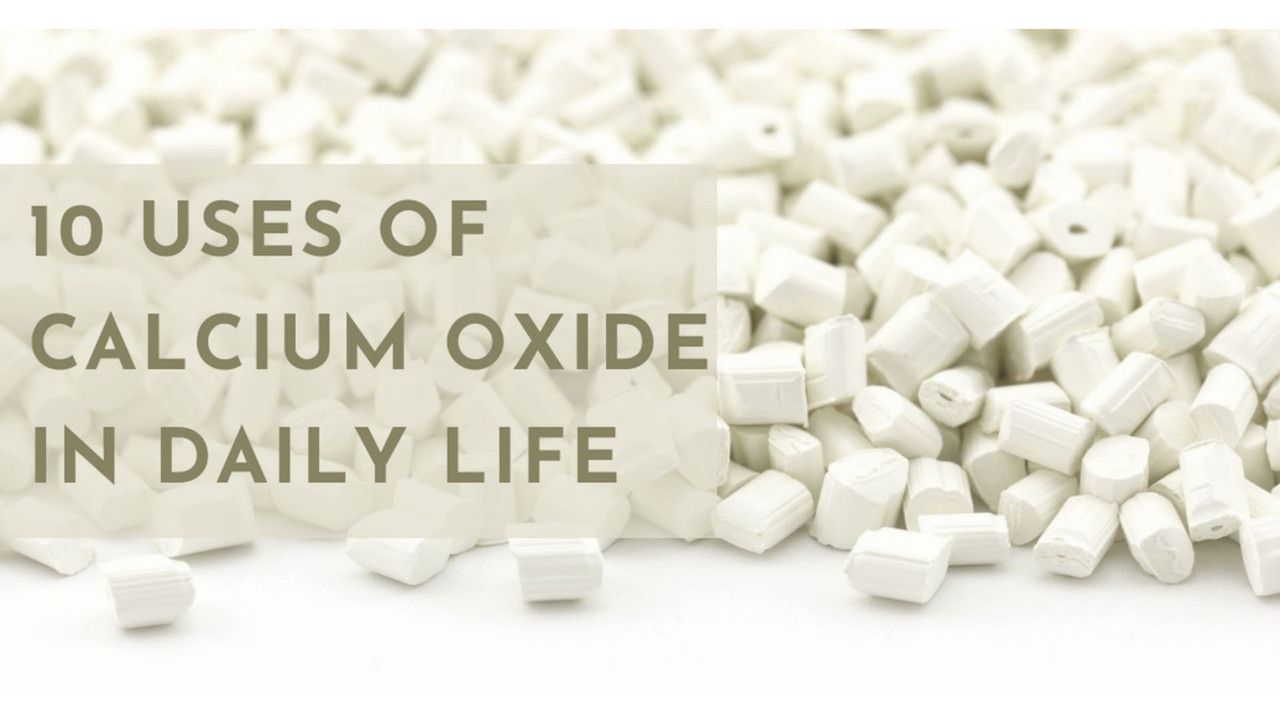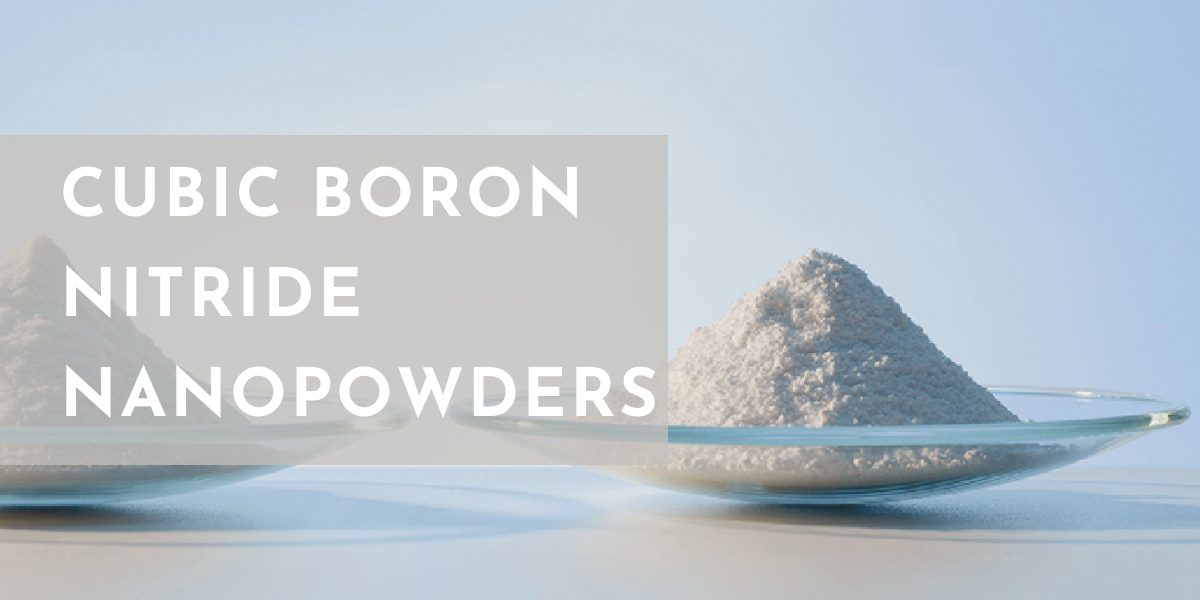Molybdenum disulfide is basically an inorganic compound that comprises sulfur and molybdenum, and it is also known as MoS2 as this is its chemical formula.
Polytetrafluoroethylene is basically a fluoropolymer comprised of tetrafluoroethylene and is also commonly known as PTFE. Both MoS2 and PTFE compounds are highly authenticated as their characteristics and properties are unique and favourable to our industries. They have a lot of applications in different industries which openly present the effects of both these products.They are extremely effective in their nature, and that is why their productivity has massively increased over the past years. However, the two products can be equally effective but being different; they do possess some differences too, and the same is the case with MoS2 and PTFE coated materials. These differences are not too huge, but they cannot be ignored as well. All the certain effects and differences are explained briefly in this article.
Introduction
An inorganic compound made up of sulfur and molybdenum is known as molybdenum disulfide (or moly). MoS2 is the chemical formula of molybdenum disulfide. Molybdenum disulfide is classified as a transition metal dichalcogenide. Molybdenum disulfide is a silvery black solid. Molybdenum's principal ore is MoS2, and it takes place as the molybdenite mineral. In comparison, MoS2 is not reactive. Oxygen and dilute acids don't affect it.
Molybdenum disulfide's feel and appearance are the same as that of graphite. Due to its robustness and low friction, MoS2 is broadly utilized as a dry lubricant. Like silicon, bulk molybdenum disulfide is an indirect bandgap, diamagnetic semiconductor, and has 1.23 eV of the bandgap.
Synthesis
Naturally, MoS2 is found as either jordisite or molybdenite. Jordisite is molybdenite's rare low-temperature form, whereas molybdenite is a crystalline mineral. Flotation processes molybdenite ore for giving comparatively pure MoS2. Carbon is the major contaminant. When molybdenum compounds are virtually going through thermal treatment with elemental sulfur or hydrogen sulfide, then MoS2 is formed, and it can also be formed by the metathesis reactions from the molybdenum pentachloride.
Mechanical properties
It is because of its low coefficient of friction and layered structure that molybdenum disulfide is an excellent lubricating material. When a material is applied with shear stress, energy is dissipated by interlayer sliding. A huge amount of researches has been done for characterizing MoS2's shear strength and coefficient of friction in numerous atmospheres. As the coefficient of friction increases, molybdenum disulfide's shear strength also increases, and such characteristic is known as superlubricity. 0.150 was MoS2's coefficient of friction at ambient conditions, with 56.0 MPa of estimated shear strength. According to the direct methods of shear strength's measurement, the value is near 25.3 MPa.
Wear Resistance
Doping molybdenum disulfide with chromium can increase MoS2's wear resistance in lubricating applications. According to the micro indentation experiments on Cr-doped molybdenum disulfide's nanopillars, the yield strength for pure molybdenum disulfide increased by 50 at. % Cr from an average of 821 MPa (0 at. % Cr) to 1017 MPa. The change in the material's failure mode accompanies the increase in the yield strength. As the increasing quantity of dopant loads the material, brittle fracture mode turns apparent, whereas the pure molybdenum disulfide nanopillar fails through a plastic bending mechanism.
Micromechanical exfoliation
It is a broadly utilized method, and it is studied in detail in molybdenum disulfide for understanding delamination's mechanism in flakes of some-layers to multi-layer flakes. Cleavage's exact mechanism was layer dependent. The flakes that are thin than 5 layers go through rippling and homogenous bending, whereas interlayer sliding is used to delaminate the flakes with a thickness of almost 10 layers. During micromechanical cleavage, a kinking mechanism is displayed by the flakes of more than 20 layers. The nature of Van der Waals bonding is the reason why the cleavage of these flakes is reversible.
Crystalline phases
A layered structure is possessed by all molybdenum disulfide's forms, in which planes of sulfide ions sandwiches a plane of molybdenum atoms. MoS2's monolayer is formed by these three strata. Stacked monolayers make up bulk MoS2, and weak Van der Waals interactions are used to hold those stacked monolayers closely together. Crystalline molybdenum disulfide occurs in nature in two phases that are, 3R-MoS2 and 2H-MoS2. In these phases, "R" indicates rhombohedral symmetry, whereas "H" indicates hexagonal symmetry.
Each molybdenum atom in both of these structures is covalently bonded to 6 sulfide ions and exists at the trigonal prismatic coordination sphere's centre. Pyramidal coordination is possessed by each sulfur atom, and each sulfur atom is also bonded to three molybdenum atoms. Both 3R- and 2H- phases are semiconducting.
Metastable Crystalline Phase
Intercalation of 2H-MoS2 with the alkali metals discovered a third metastable crystalline phase which is also called 1T-MoS2. This phase is metallic and possesses a tetragonal symmetry. Doping with rhenium or other electron donors can stabilize the 1T-phase, or microwave radiation is done to convert it back to the 2H-phase.
Effect of MoS2
Electronic Applications
MoS2 has many good qualities, but its bandgap of zero value is one of its main promising peculiarities. MoS2 is efficient for electronic devices and logic due to its conductivity that can be altered. MoS2 also acts as a semiconductor.
Moreover, MoS2's bulk form possesses an indirect bandgap which gets transformed at the nanoscale into a direct bandgap. MoS2 single layer found applications in optoelectronic devices. The 2-dimensional structure of MoS2 provides control over the material's electrostatic nature, which is why low power electronic devices and short channel FETs are possible by MoS2.
Field Effect Transistors
The latest electronic devices have field-effect transistors as their most significant part. Semiconductor technology is evolving with time. The sizes of the transistor can be reduced to a range of a few nanometres by lithography. They have many advantages, for instance, cheap, low consumption of power, and fast switching, but with a channel size of below 14 nm. Due to the Joule heating effect, a quantum mechanical tunnelling took place between the source electrodes and drain.
Exploring the thinner gate oxides materials and thinner channels materials is important for avoiding short channel effects and fabricating nano-sized devices. 1.8 eV of the appreciable direct bandgap is exhibited by MoS2's monolayer, making MoS2's monolayer a suitable material to switch nanodevices.
To get more information,
you can read our blog post here.
Output and transfer characteristics
According to findings, TFT exhibits pinch-off regions and clear current saturation and works in N-channel enhancement mode. At 10V drain to source voltage (VDS), the gate voltage (VGS) was varied from -20 to 60 V to measure the transfer characteristics. TFT's result told an efficient way of fabricating TFTs in a stable and cost-effective way.
Junyeon Kwon et al. explored conducting oxide electrodes like IZO (Indium Zinc Oxide) and ITO (Indium Tin Oxide) for showing the production of transparent multilayered MoS2. MoS2's inherent defects led to the moderate electrical performance by TFT based on IZO and MoS2. They used the picosecond laser annealing treatment on MoS2/IZO's contact region to enhance samples' electrical performance.
Solid lubricants
When the requirements of the desired applications like oils and greases are not fulfilled by the liquid lubricants as some are not capable of being used in various applications because of weight, sealing problems, and environmental conditions, then solid lubricants are used. Moreover, in comparison with systems that are less weight and are based on grease lubrication, solid lubricants are cheap.
In high vacuum conditions, liquid lubricants get evaporated. When they are used in the presence of such conditions, they don't function, rendering the device unfit too. Liquid lubricants can even decompose or oxidize at high-temperature conditions. At cryogenic temperatures, liquid lubricants either get viscous or solidify.
Liquid lubricants
Under radiation environment conditions and corrosive gas's influence, the liquid lubricants decay. Dust or other contaminants are easily taken by the liquid lubricants, and contamination is the major problem here. Handling the components that are associated with the liquid lubricants is too difficult in applications with the requirements of long time storage because the components are just very heavy. Thus, solid lubricants efficiently deal with such problems.
Liquid lubricants fail in all aspects of space mechanisms. Antennas, rovers, telescopes, vehicles, and satellites, etc., are involved in moving systems in space. In severe environmental conditions, these systems function with little service for a long period of time. In these environmental conditions and particularly MoS2, the promising choice is solid lubricants.
In Graphite Contrast
Water's vapour pressure is not needed by MoS2 for exhibiting lubrication. Slip rings, gears, ball bearings, and pointing and release mechanisms, etc., are the components in space applications that depend on MoS2 lubrications. Under humid environment's influence, MoS2's lubricity declines and exhibits a major challenge to its applicability in various terrestrial applications. MoS2's sputtering with Ti includes the improvement of MoS2's mechanical characteristics and prevents MoS2 from the humidity. This improvement in MoS2's mechanical characteristics is significant for the operations of dry machining.
Polytetrafluoroethylene
Polytetrafluoroethylene (PTFE) is tetrafluoroethylene's synthetic fluoropolymer possessing various applications. Teflon is the known name of the brand of the PTFE-based compositions, given by Chemours, who discovered the compound originally in 1938. It is a high-molecular-weight polymer that is made up of fluorine and carbon.
At room temperature, PTFE is a fluorocarbon solid. Polytetrafluoroethylene is hydrophobic as neither water nor the substances that contain water can wet PTFE, as the mitigated London dispersion forces are demonstrated by fluorocarbons because of fluorine's high electronegativity. One of the lowest coefficients of friction of any solid is possessed by PTFE.
Non-stick coating
For other cookware and pans, PTFE is utilized as a non-stick coating. It is partly due to the strength of the carbon-fluorine bond that it is non-reactive. It is usually utilized in pipework and containers for corrosive and reactive chemicals. Polytetrafluoroethylene lessens the machinery's energy consumption, wear, and friction when it is utilized as a lubricant. It is utilized commonly in surgical interventions as a graft material. It is also used commonly on the catheters as a coating as it prevents bacteria and other infectious agents from adhering themselves to the catheters and causing hospital-acquired infections.
Production
Tetrafluoroethylene's free radical polymerization produces PTFE. n F2C=CF2 → −(F2C−CF2)n− is the net equation. Special apparatus is needed for polymerization for preventing the hot spots that may start this dangerous side reaction as tetrafluoroethylene can decompose to carbon and tetrafluoromethane explosively. Persulfate typically initiates the process that homolyzes for the generation of sulfate radicals: 2 SO4•− ⇌ [O3SO−OSO3]2−
Results
Sulfate ester groups terminate the resulting polymer, and it can be hydrolyzed for giving OH end-groups. The conduction of polymerization takes place as an emulsion in water due to PTFE being poorly soluble in all of the solvents almost. The suspensions of polymer particles are provided by this process. Surfactant like perfluorooctanesulfonic acid (PFOS) is used to alternatively conduct polymerization.
Properties
With 600 K (327 °C; 620 °F) of melting point and almost 2200 kg/m3 of density, polytetrafluoroethylene is a white solid at room temperature, and it is a thermoplastic polymer. At temperatures above 194 K (-110 F, -79C), good flexibility is maintained by it, and at temperatures lesser than or equal to 5K (-450.67 F, -268.15 C), it maintains self-lubrication, toughness, and high strength.
Like all fluorocarbons, the properties of PTFE are gained from the carbon-fluorine bond's aggregate effect. Alkali metals and other extremely reactive metals are the only chemicals that can have an influence on these carbon-fluorine bonds. At higher temperatures, even fluorinating agents like cobalt (III) fluoride and xenon and metals like magnesium and aluminium can affect these bonds. PTFE goes through depolymerization at temperatures more than 1200-1290 F (650-700 C).
Friction Coefficients
Usually, plastic's coefficient of friction is measured against the polished steel. The coefficient of friction of PTFE is the third-lowest of any solid material that is known. Its value is 0.05 to 0.10. PTFE is the only surface that is known to which a gecko can't stick, and that's because of the resistance of PTFE to the Van der Waals forces. Polytetrafluoroethylene can, in fact, be utilized for preventing insects from climbing up the surfaces that are painted with that material. Insects don't have a grip and fall off because of polytetrafluoroethylene being so slippery. For instance, polytetrafluoroethylene is used for preventing ants from climbing out of formicaria.
Superior Characteristics
PTFE has remarkable thermal and chemical characteristics and is usually utilized within industries as a gasket material that needs resistance against aggressive chemicals like chemical processing or pharmaceuticals. Although it is because of its chemical inertness that no one knew PTFE to crosslink like an elastomer until the 1990s.
Thus, leading to no memory and subjection to creep. As compared to elastomers that display near-zero or zero levels of creep, the long-term performance of these seals is worse due to the propensity to creep. Belleville washers are usually utilized in critical applications for applying continuous force to PTFE gaskets, thus guaranteeing very little loss of performance over the gasket's lifetime.
Effect of PTFE coatings
It is certain that the ingestion of PTFE doesn't cause developmental toxicity due to its regular usage in the in vitro fertilization techniques of humans and its extreme inertness. For instance, there was a study in which various Teflon catheters were used to transfer and implant 194 human embryos inside the uterus. That study was also done by using nylon catheters for transferring and implanting human embryos inside the uterus. So, these experiments showed that when the nylon catheters were used, the mouse embryos were not able of surviving incubation within those catheters for 1 hour, but when Teflon catheters were used, no embryo was affected by the same incubation.
Dermal exposure
Exposure of dermis to polytetrafluoroethylene is safe. Usage of the polytetrafluoroethylene needles in the intravenous access is evidence of that safety. According to an international standard for medical devices' biological evaluation, polytetrafluoroethylene is utilized as a negative control material for them too. One can find PTFE strips in razors. Due to its smoothness and softness, polytetrafluoroethylene is utilized in dermal cosmetic creams too. PTFE is broadly utilized in dental floss. PTFE is not a sensitizer or a skin irritant in humans.
Non-antigenic properties
PTFE is non-antigenic and is immune to toxicity which is proved by the evidence that PTFE is well tolerated in a broad range of surgical applications, generally including ophthalmology. Substance's carcinogenicity should be distinguished from an inflammatory response as an inflammatory response is produced by any of the implanted foreign-body; in the surgical field, this principle is general, and it is also implemented to the most inert compounds that are PTFE. Various studies have been performed regarding the existence of some kind of immune response to PTFE surgical implants. Although there is no information of use on PTFE's carcinogenicity provided in these studies.
Classification of PTFE
The World Health Organization International Agency classified PTFE as Group 3 for Research on Cancer (the agent is not classifiable because of its carcinogenicity to humans). It is reasonable to say that PTFE is not carcinogenic due to its extensive usage and chemical characteristics. PTFE is referred to as noncarcinogenic. It should be noted that PTFE's monomer, tetrafluoroethylene (TFE), is for sure a human carcinogen because, as compared to PTFE, TFE is an extremely different material. At room temperature, TFE is an unstable explosive gas. No TFE residues are contained by the PTFE samples; if they were, then the stability of the PTFE won't be as perfect as it is.
Risks of ingestion
One should address the bioaccumulation along with the material's toxicology for analyzing the PTFE ingestion's risk thoroughly. Other mechanisms like persorption, or paracellular transport and transcellular, can cause the uptake of the particles from the gastrointestinal tract, making the size of the particle another major parameter that needs to be considered.
Differences of MoS2 and PTFE coatings
It is because of their excellent lubricity under vacuum conditions that scientists have made molybdenum disulfide (MoS2) films for vacuum and space applications. Although, much poorer lubricating performance is displayed by pure molybdenum disulfide films under normal ambient conditions because of the film's interaction with the ambient atmosphere's moisture. There has been a recent increase in the interest in the utilization of the MoS2 films in the field of precision engineering, for instance, in manufacturing operations and in bearing components.
There have been efforts for enhancing the MoS2 film' moisture resistance (mainly by surface), film-substrate system's bulk modification and interface, including the doping of MoS2 films with numerous types of metals.
Advantages of applications
Properties of polytetrafluoroethylene (Teflon or PTFE) are beneficial for various applications. Those properties include remarkable tribological performance, low surface tension, chemical inertness, and high thermal stability. Polytetrafluoroethylene is sputtered by Liu et al. for enhancing the substrate's tribological performance and providing the surface with hydrophobicity.
Attempts are shown in this paper for using the co-sputtering technique for doping MoS2 films with moisture-repellent polytetrafluoroethylene (PTFE), with the aim of enhancing the film's tribological performance and lessening the sensitivity of the moisture. Various analytical and experimental approaches can be used to characterize the resultant films. For film wear-life and friction coefficient measurements, ball-on-disc sliding tests are done. For evaluation of elastic modulus and hardness, nanoindentation is done, whereas scanning electron microscopy is used for the examination of the morphology of the film.
To get more information about Mol-C products, you can visit our official website.
Conclusion
An inorganic compound made up of sulfur and molybdenum is known as molybdenum disulfide (or moly). Polytetrafluoroethylene (PTFE) is tetrafluoroethylene's synthetic fluoropolymer possessing various applications. MoS2 and PTFE are both extremely efficient and authenticated products which are highly essential for our industries as they play a pivotal role in enhancing the growth and productivity of the industries and products themselves. This is why they have a wide range of applications, and their uses are constantly increasing in the market. Nonetheless, they have their own effects and differences as they both are individual products.


